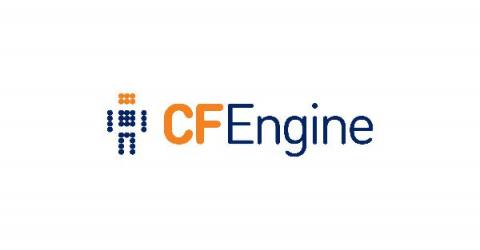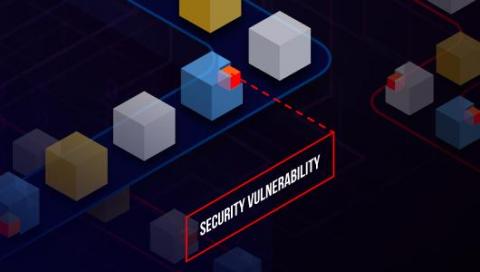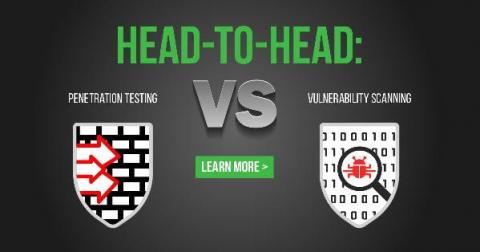Operations | Monitoring | ITSM | DevOps | Cloud
Vulnerability
Unboxing BusyBox - 14 new vulnerabilities uncovered by Claroty and JFrog
Logz.io Vulnerability Insights: Confluence Server and Cosmos DB Reports
“Security is always seen as too much until the day it’s not enough.” – William H. Webster, former FBI Director As we all know, every year, thousands of new vulnerabilities are discovered, requiring organizations to patch operating systems, update applications, and reconfigure security settings throughout the entirety of their IT environments, including the cloud.
CVE-2021-38379 & CVE-2021-36756
The CFEngine engineering team has recently discovered two security issues in the CFEngine Enterprise product: While the latter one (CVE-2021-36756) only affects CFEngine Enterprise deployments using the Federated Reporting functionality, the former one (CVE-2021-38379) affects all deployments running all supported versions of CFEngine Enterprise (and many unsupported versions, 3.5 or newer, to be more precise).
CVE-2021-37136 & CVE-2021-37137 - Denial of Service (DoS) in Netty's Decompressors
CVE-2020-27304 - RCE via Directory Traversal in CivetWeb HTTP server
How to mitigate the 0-day Apache path traversal vulnerability with Puppet or Bolt
Apache has disclosed a critical actively exploited path traversal flaw in the popular Apache web server, version 2.4.49. This path traversal means that an attacker can trivially read the contents of any file on the server that the Apache process has access to. This could expose highly sensitive information, even as critical as the server's own private SSL certificates. See the Sonatype blog for more technical information on the vulnerability.











